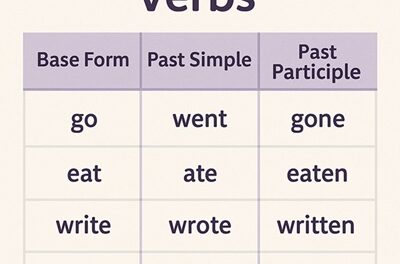Adjectives are words that describe nouns, telling us more about people, places, animals, or things. One important feature of adjectives is that many of them can change form to show different degrees of comparison. Today, we’ll explore how adjectives can help us compare things in our writing and speaking.
When we use adjectives to compare two or more things, we use what are called “degrees of comparison.” There are three main degrees:
-
Positive Degree: This is the basic form of the adjective, used when we’re not making any comparison. Example: “The elephant is big.”
-
Comparative Degree: This form is used when comparing two things. Example: “The elephant is bigger than the horse.”
-
Superlative Degree: This form is used when comparing three or more things. Example: “The elephant is the biggest animal in the zoo.”
There are two main ways to form the comparative and superlative degrees:
For short adjectives (usually one syllable):
- Add “-er” for the comparative degree
- Add “-est” for the superlative degree
Examples:
- tall → taller → tallest
- short → shorter → shortest
- slow → slower → slowest
For longer adjectives (usually two or more syllables):
- Add “more” for the comparative degree
- Add “most” for the superlative degree
Examples:
- beautiful → more beautiful → most beautiful
- interesting → more interesting → most interesting
- comfortable → more comfortable → most comfortable
Some adjectives have special or irregular forms:
- good → better → best
- bad → worse → worst
- little → less → least
- many/much → more → most
Remember these important rules:
- When using the superlative degree, we usually add “the” before the adjective.
- Some one-syllable adjectives ending in a single vowel followed by a single consonant double the final consonant before adding “-er” or “-est” (big → bigger → biggest).
- Adjectives ending in “y” change the “y” to “i” before adding “-er” or “-est” (happy → happier → happiest).
Using the correct degree of comparison in your writing helps make your descriptions clearer and more precise. It allows you to show how things relate to each other in terms of their qualities. When you master these forms, your writing will become more detailed and interesting to read!
Practice using different degrees of comparison in your sentences to make your writing more vivid and expressive!

















